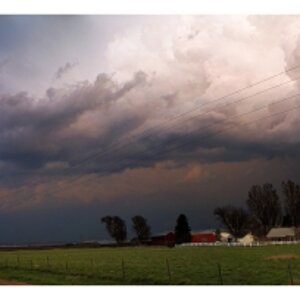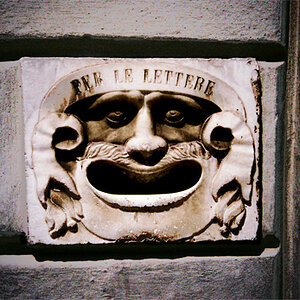Bifurcator
TPF Noob!
- Joined
- Jun 1, 2008
- Messages
- 3,312
- Reaction score
- 1
- Location
- Japan
- Can others edit my Photos
- Photos OK to edit
Don't you think we should have round monitors too? Round print film, round paper, round picture frames, and round posters and post-cards?
We have the technology. We should do it!
No body better say triangles! >:{
--
PS: My eye glasses are square.
We have the technology. We should do it!
No body better say triangles! >:{
--
PS: My eye glasses are square.




![[No title]](/data/xfmg/thumbnail/41/41896-54547e935773393100a20b8d9819f5bd.jpg?1619739935)


![[No title]](/data/xfmg/thumbnail/38/38263-ad5e4c9e677626ddb5b1e7cdf9ebe40e.jpg?1619738548)




